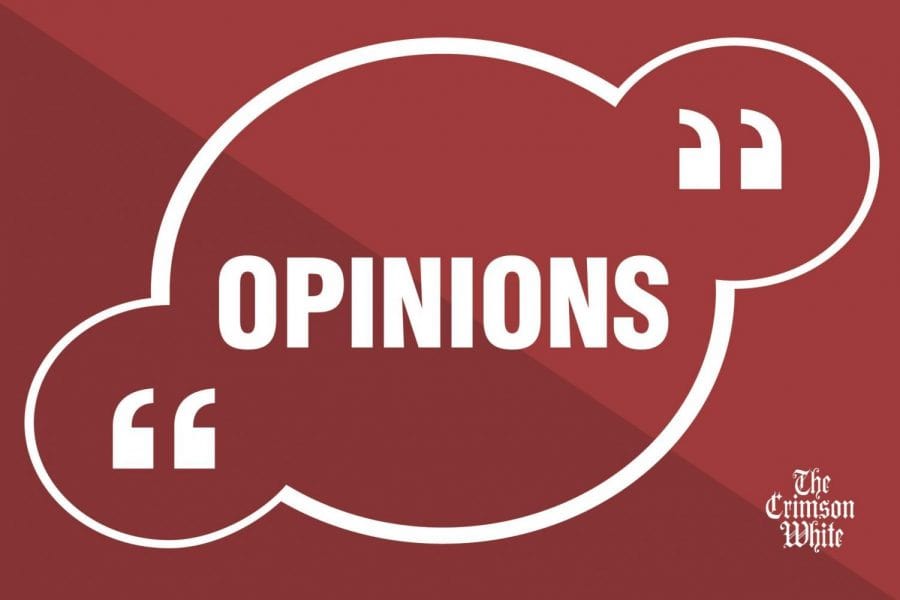Higher education is inherently unequal
November 5, 2018
Higher education is ridiculously expensive in America; students across the nation struggle to pay for their education. Undergraduate studies are typically pretty pricey, but graduate and professional degrees are a whole new story. Gaining a specified upper-level degree comes with a major price tag – one that the majority of students cannot afford.
Professional degrees are pursued when students want to go into a specific field, such as law or medicine, while graduate degrees are used to further undergraduate studies. Both of these upper-level degree paths are extremely expensive to pursue but are necessary to go into certain professional fields.
Consider a student who wants to go to law school – one who has already paid thousands of dollars for an undergraduate degree. The registration fee for the LSAT is $180, and some students have to take the test multiple times. It’s also worth mentioning that tutoring and studying for this exam can cost thousands of dollars. Students spend around $60-$100 applying to each law school after taking the LSAT, and the average person applies to around 10 programs. Tuition for law school at The University of Alabama ranges from $23,000-$40,000 per semester, depending on the residency status of an applicant.
Students going into a medical field follow a similar financial pathway. The MCAT costs around $300 to take and also requires an extensive amount of tutoring. Students typically spend thousands of dollars applying for medical school programs and then have to pay ridiculous tuition costs. UAB’s tuition for medical school ranges from $22,000-$58,000 per year.
Graduate programs are another example of upper-level education. These degrees are required to teach at the university level and are often pursued to be a more competitive applicant in the professional world. The GRE costs $160 per test, and most students take the test multiple times. According to FinAid.org, the average cost of a master’s degree can range from $30,000 to over $130,000, depending on the nature of the degree.
All of these costs prove how severely excessive the cost of upper-level education is in the United States. This country needs lawyers, doctors and developed professionals, but how many students can actually afford to pursue these degrees? Even applying to take entry examinations for these pathways requires disposable income, something the majority of recently-graduated students do not have.
The cost of pursuing professional and graduate degrees is something students cannot easily cover on their own. Many students chasing these degrees do not have parents who can fund their education, which leaves those with wealthy parents with an advantage. The system gives those who are already financially advantaged more leverage. This leaves those who aren’t wealthy in a situation to decide whether or not to go into debt for a career that may not even cover the expenses of their upper-level studies.
Students should not have to go into crippling debt to pursue an important career path. This system is designed to maintain economic statuses, and the costs often deter low-income students from following these career paths. Upper-level higher education is characterized by class discrimination, which makes it almost impossible for most students to pursue their specific “American dream.”










